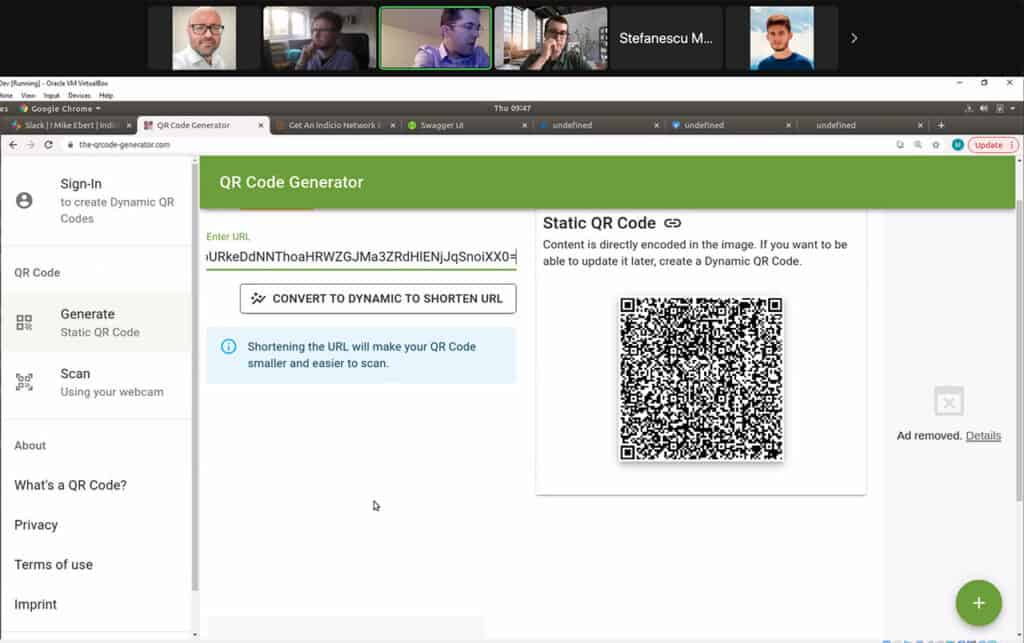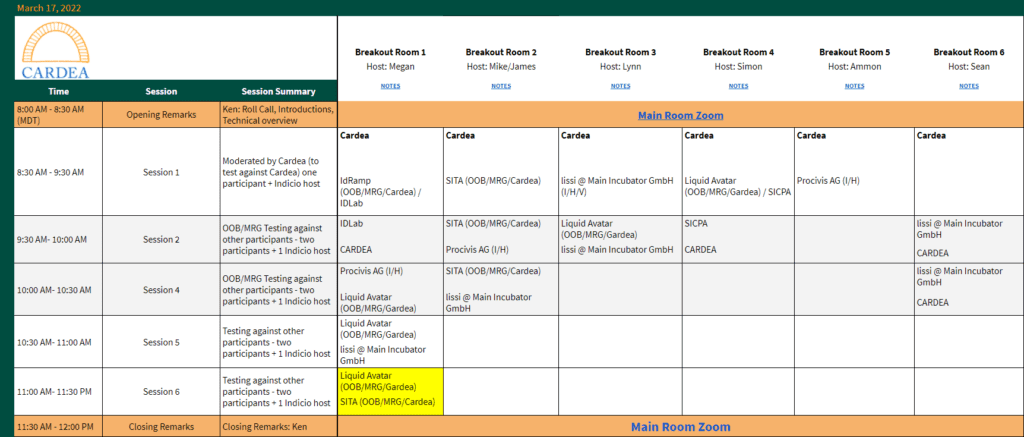This is the fourth post in our member profile series, featuring Indicio, the creators of the Cardea project at LFPH. Read our previous posts featuring MTX, Ratio and Tencent.
This guest post is written by Trevor Butterworth, VP Indicio, Chair Cardea Steering Committee.
Cardea’s drive for interoperability
The Cardea project at LFPH is a complete open-source reference implementation for sharing verifiable digital health credentials, with a focus on COVID testing. Built by Indicio for SITA, the world’s largest technology provider to the air transport sector, and successfully trialed in Aruba, Cardea has developed into an open-source community of companies collaborating to extend the codebase features and applications. Central to these goals is interoperability.
Everyone loves the idea of interoperability, but making it work in practice requires a commitment to shared standards and protocols and then testing solutions to make sure they actually interoperate. All of which is easier said than done.
The Interop-a-thon becomes a reality
Making testing easier, we reasoned, would accelerate interoperability, and so we came up with the idea of a short hackathon-style event or—as we dubbed it—an “Interop-a-thon.” A collaborative event would focus minds and fix problems.
Held in the Fall of 2021, the Interop-a-thon did just that—so much so that people started asking, “when are you going to hold the next one?” And so, on March 17, Indicio hosted the second Cardea Interop-a-thon.

Interop-a-thon 2 had three goals. First, to provide the basic agent testing against the Cardea reference implementation of the first Interop-a-thon; second, to enable participants to test against the new out-of-band (OOB) invitation protocol for Hyperledger Aries, which attracted a broader range of participants; and third, to enable a first-level testing of machine-readable governance.
Looking back on Interop-a-thon 2
Indicio, HealthBlocks, IdRamp, IDLab, Lissi, Liquid Avatar, and SITA all participated. “There was good progress in moving members of both the Aries and Cardea communities towards successfully implementing out-of-band,” said Ken Ebert, CTO of Indicio, and co-chair of the Cardea Working Group, “so that was a really good accomplishment.”
Fewer participants tried out machine-readable governance, a way to implement governance rules at the agent software level which enables verification offline (among other benefits). Yet, as Ebert noted, machine readable governance is still “extremely new” and having the code to test against was a “major milestone.”
Finally and most importantly, participants were able to find out what didn’t work and why. “I think the ability we showed to actually debug through some of the problems where we had failures was significant,” said Ebert. “Fundamentally, an interop-a-thon is not ‘come show what you got,’ it’s ‘come figure out what’s wrong and fix it.’”

Lessons for Interop-a-thon 3
The second Interop-a-thon reinforced the conviction among all participants that these kind of events were essential—and could be made even better. In the debrief at the weekly Cardea Community meeting, there was consensus that documentation needed to be improved—and more explanation of processes and goals provided, especially for new participants. This is essential as future Interop-a-thons incorporate new protocols and features. And speaking of future Interop-a-thons, a tentative date has been selected for the next event: June 16, 2022.
Details to come on Cardea.